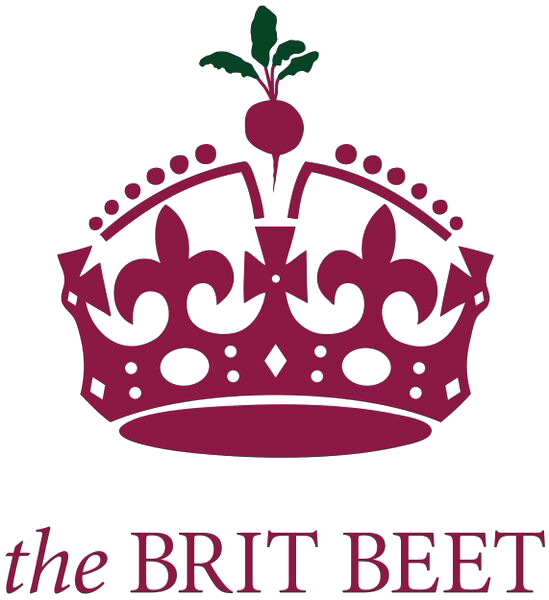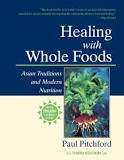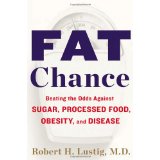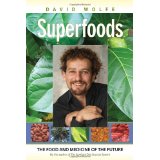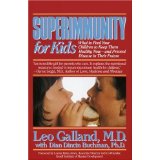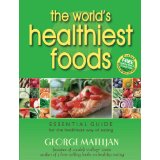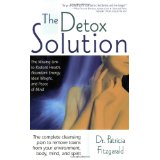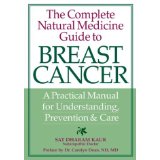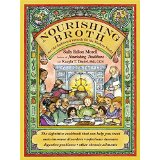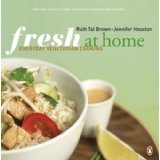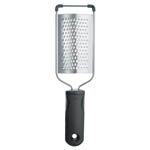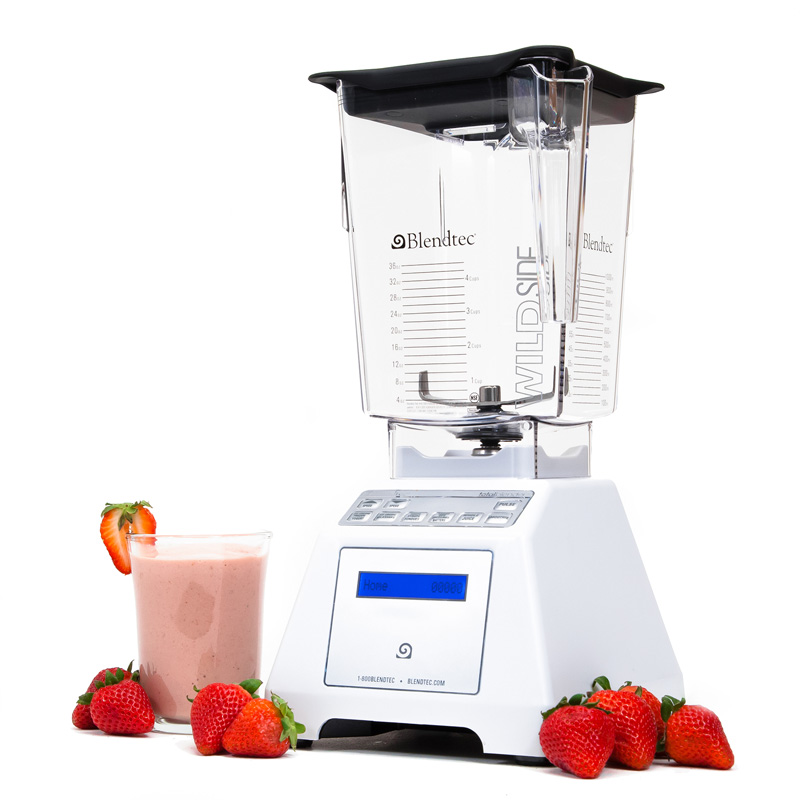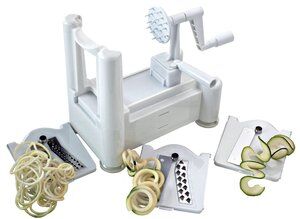Books I live by:
Healing with Whole Foods by Paul Pitchford
It’s one of my go-to sourcebooks, bringing together current western research on health and nutrition with authentic traditions of Asian medicine.
Fat Chance by Dr R. Lustig, M.D., M.S.L
I had the pleasure met Dr Lustig at a Ramsey Talk in Toronto. He is such a compelling speaker and a man on a mission. If you want to understand why obesity has become the world’s No.1 health problem and what we can do about it, this book is for you.
Superfoods by David Wolfe
My sister sent me this book and I couldn’t’ put it down. It’s packed with fascinating details on the top superfoods, breaking each down into easy to understand bite-sized morsels of info
Superimmunity For Kids by Leo Galland, M.D.
This book was a constant bedtime companion for me as my boys were growing up. Easy tips on how to feed our kids to maintain peak immunity, from pregnancy to teenage years. I must have used up a whole marker pen, highlighting all the great info.
The World’s Healthiest Foods by George Mateljan
I’ve used this book so much it is falling apart. A fabulous resource on how to choose and prepare foods for our optimal health. It also has beautiful colour photos, which are really easy on the eye!
The Detox Solution by Dr Patricia Fitzgerald
My detox ‘bible’ - tons of must-have info on how to keep our toxic load down.
Books for Women:
The Complete Natural Medicine Guide to Breast Cancer by Sat Dharam Kaur, N.D
This is an invaluable book for any woman who is looking for clarity about breast cancer and what preventative steps to take. I have yet to find a book that has more in-depth and easy to follow guidelines when it comes to breast cancer prevention.
A Smart Woman's Guide To Hormones by Lorna Vanderhaeghe
It's a no fuss, no muss book on the basics of understanding how our hormones work and how to get them working for our best selves.
Cook Books that have never let me down:
Vegetable Soups by Deborah Madison
My son Sebastian bought this book for me and I have had such pleasure recreating Deborah's delicious and nutritious soups. They are always family favourites.
Meals That Heal Inflammation by Julie Daniluk, RHN
If you are concerned about inflammation and are looking for advice and recipes to make changes, Julie's book does not disappoint.
